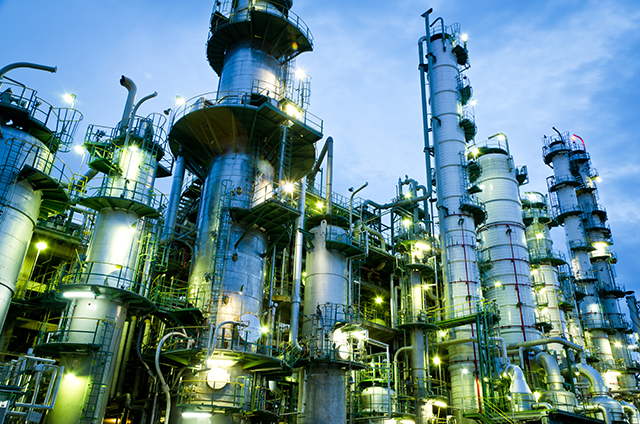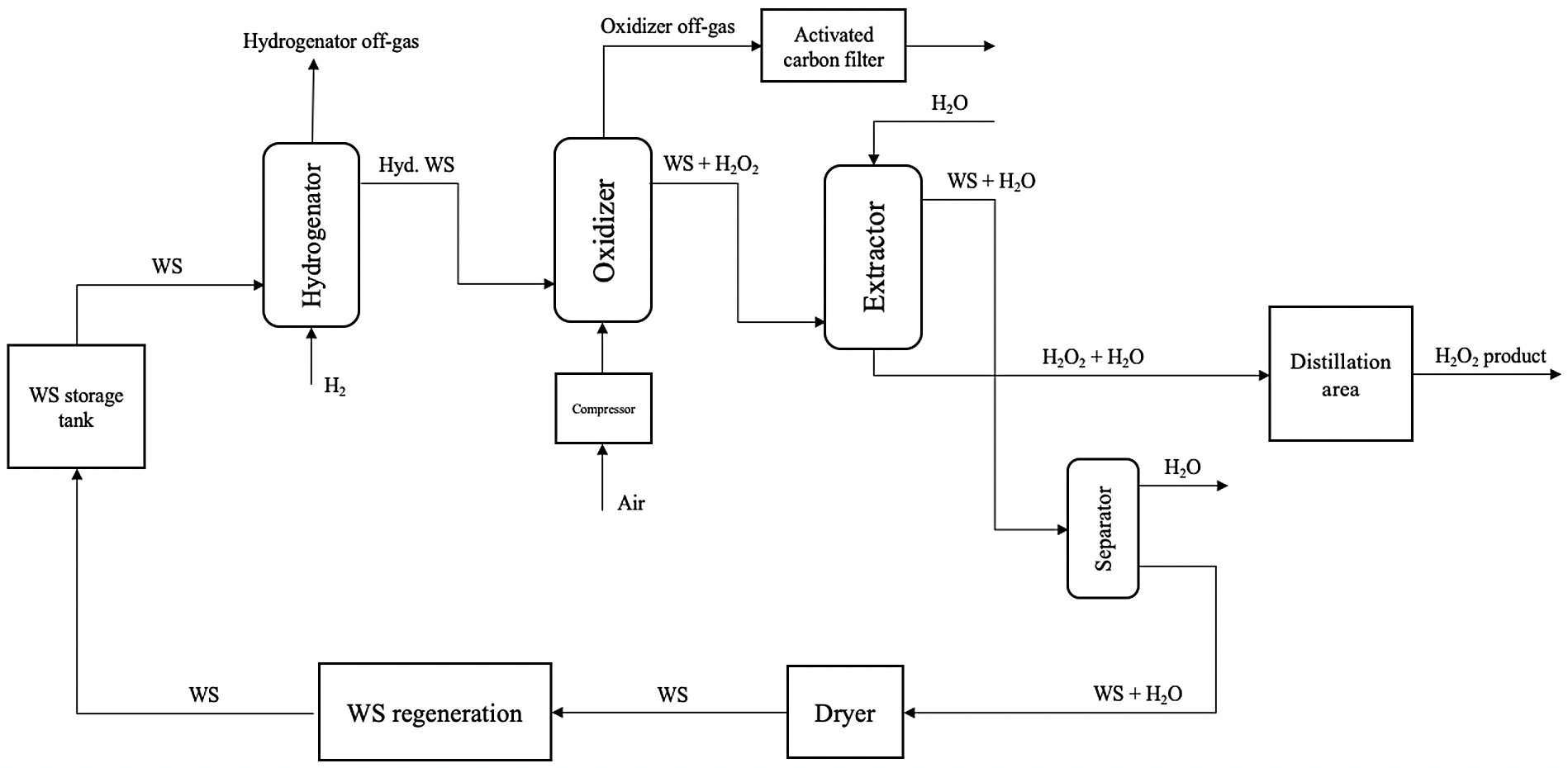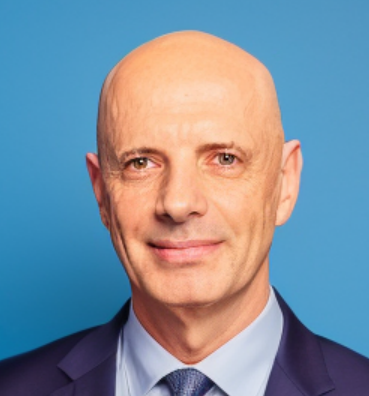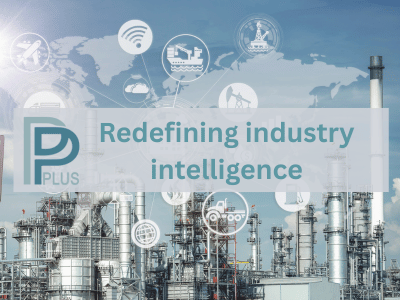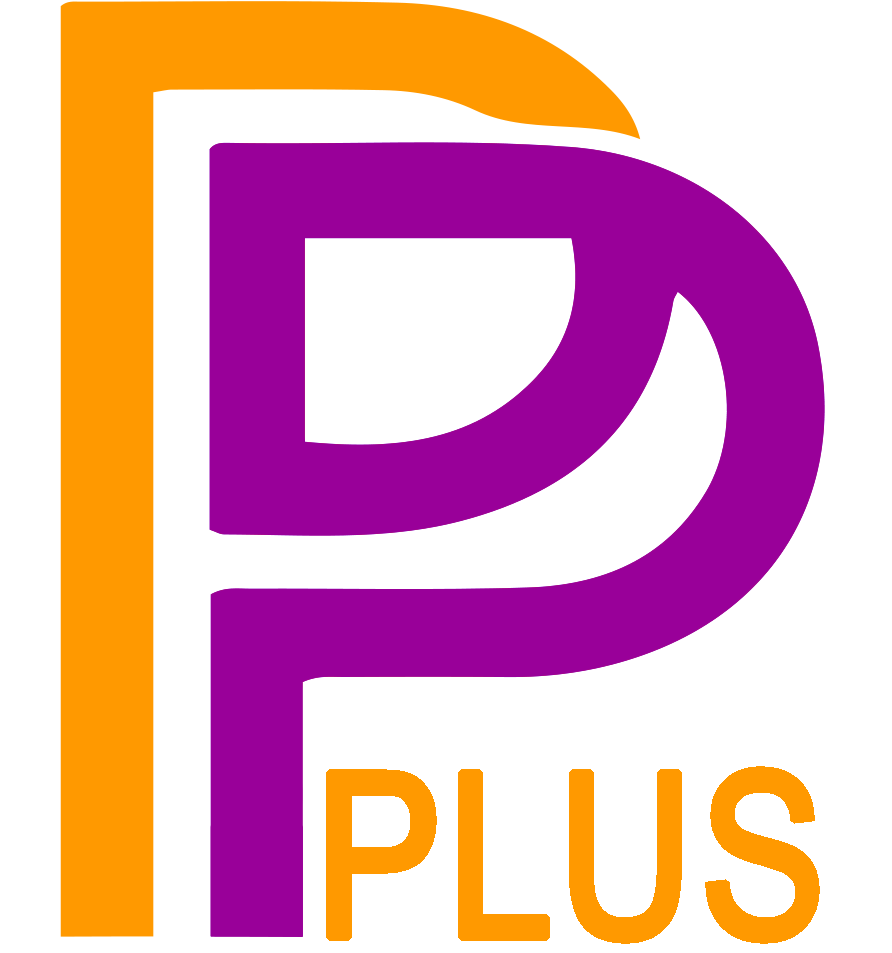Technology

- Name
- Solvay AO Process
- Owner
-
/ Solvay SA - Brand
- Anthraquinone Auto-Oxidation Process
- Process
- Oxidation
- Type
- Riedl-Pfleiderer Process
- Available
-

- #TE95
Description
Your insights will be shown here
| Entity | Site (Country) | Asset (Plant) | |||
|---|---|---|---|---|---|
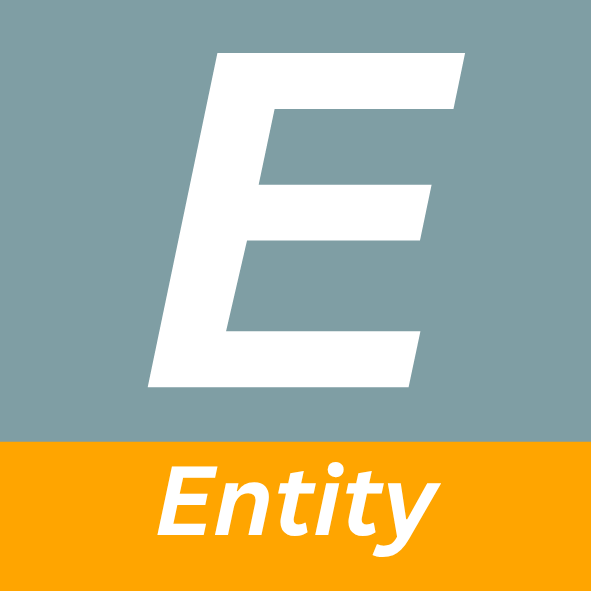
|

|
|
H202 Import | ||

|

|
|
H202 Plant |
Content provided by
| Transaction | Name | Date |
|---|---|---|
| Modified by |
|
7/14/2025 8:15 PM |
| Added by |
|
4/4/2022 2:54 PM |
